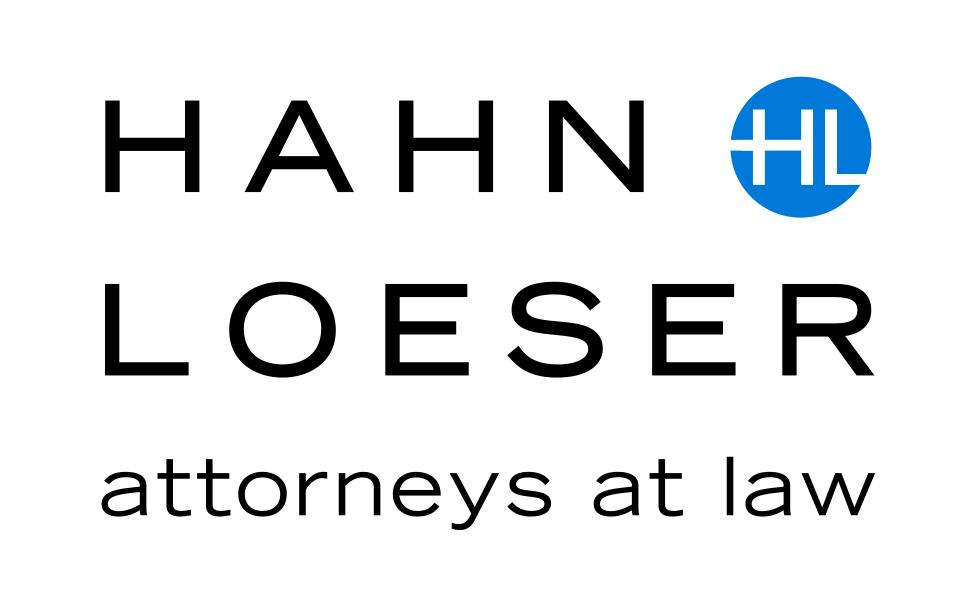People
Our people are our foundation. We balance an entrepreneurial spirit with a team-based approach.
Meet Our ProfessionalsPassion
A culture of excellence in a wide breadth of practices and industries and a commitment to helping our clients achieve their goals.
View Our ServicesExceeding Expectations Every Day
Since our founding more than 100 years ago, we have defined our success by our ability to help clients turn to us for our creative and sophisticated approach to legal services, our responsiveness, and our commitment to client service.
People
Our people are our foundation. We balance an entrepreneurial spirit with a team-based approach.
Meet Our ProfessionalsPassion
A culture of excellence in a wide breadth of practices and industries and a commitment to helping our clients achieve their goals.
View Our ServicesExceeding Expectations Every Day
Since our founding more than 100 years ago, we have defined our success by our ability to help clients turn to us for our creative and sophisticated approach to legal services, our responsiveness, and our commitment to client service.
People
Our people are our foundation. We balance an entrepreneurial spirit with a team-based approach.
Meet Our ProfessionalsPassion
A culture of excellence in a wide breadth of practices and industries and a commitment to helping our clients achieve their goals.
View Our ServicesExceeding Expectations Every Day
Since our founding more than 100 years ago, we have defined our success by our ability to help clients turn to us for our creative and sophisticated approach to legal services, our responsiveness, and our commitment to client service.
Latest Insights
- PublicationsU.S. Northern District of California Grants Limited Preliminary Injunction of DEI-Related Executive OrdersJune 27, 2025


